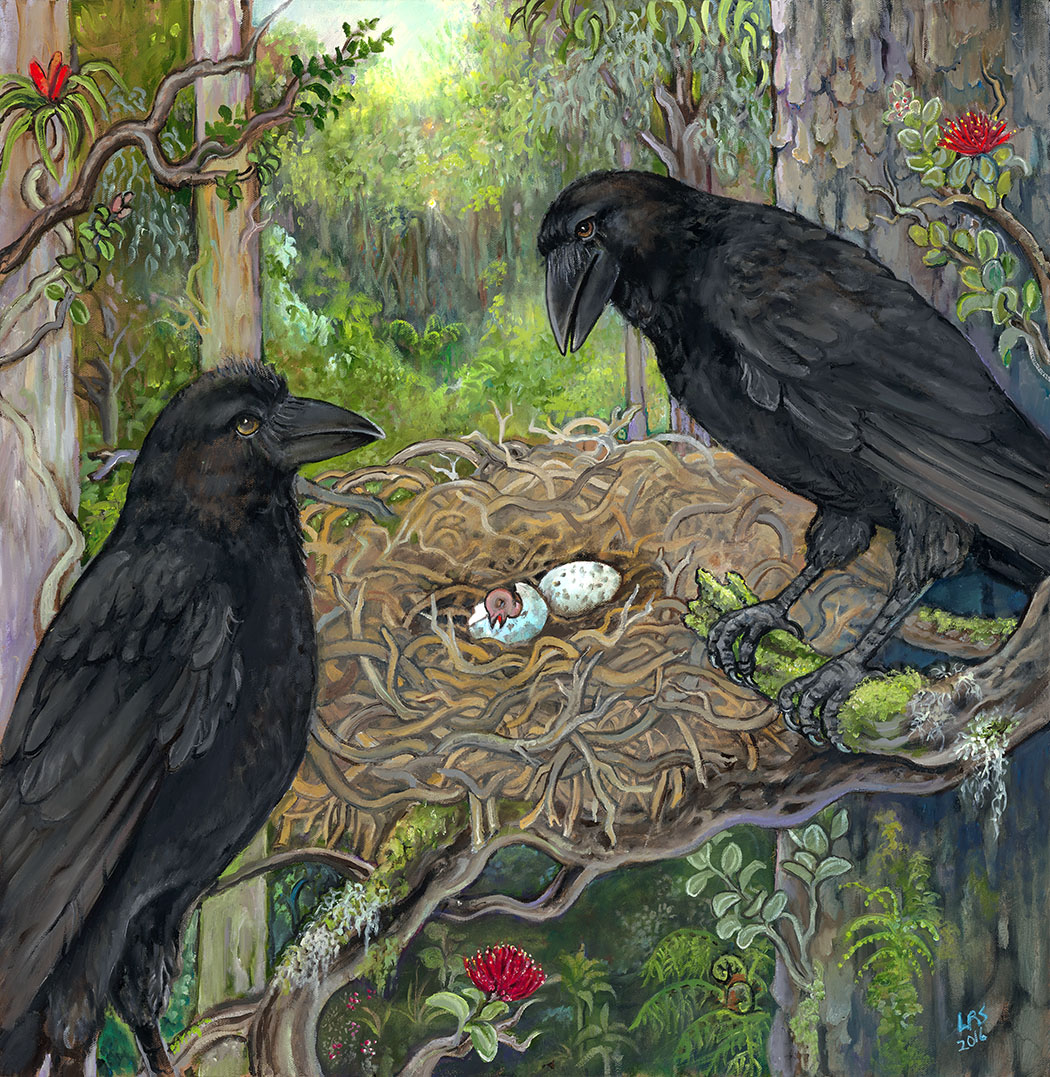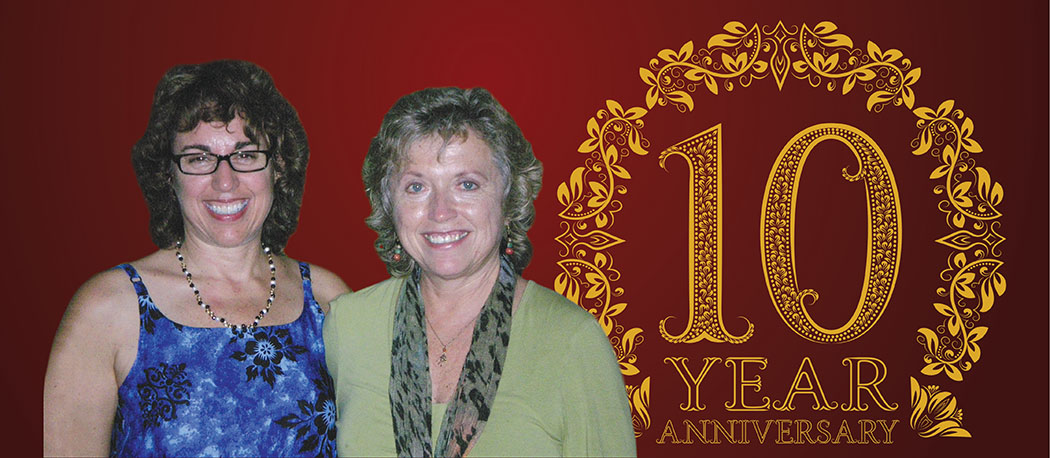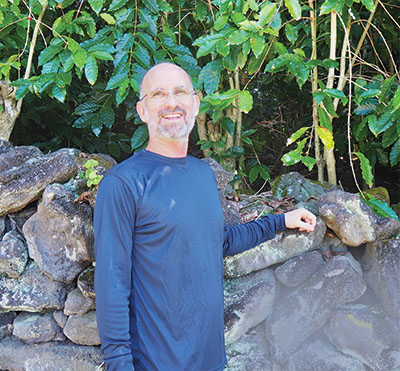
The Cultivating Life: Agroforestry Expert Craig Elevitch

By Brittany P. Anderson
A cool breeze runs through the dense forests of Hōlualoa, perched on the slope of Hualālai Volcano in North Kona. Here, the woods are brimming with avocado, ‘ulu (breadfruit), macadamia nut, coffee, and fruit trees. Once your eyes are trained to see the landscape as filled with food—instead of green noise blocking an ocean view—you begin to see why Craig Elevitch has dedicated his life to agroforestry and regenerative agriculture.
Craig is a driving force in the revitalization of sustainable and regenerative food systems on Hawai‘i Island. His achievements include being an internationally recognized authority on agroforestry and prolific author, reviving interest in ‘ulu in Hawai‘i, and he has guided millions to become more skilled in agroforestry food production.
Finding the Path
Agroforestry is intentionally putting plants, and sometimes animals, together and managing them to enhance productivity, improve soils, sequester carbon, as well as enhance biodiversity. It uses the characteristics of the plants to improve the overall ecosystem, working together for the betterment of each other. How Craig has propelled Hawai‘i Island’s regenerative agriculture scene begins with the profound impact agroforestry has had on his life.
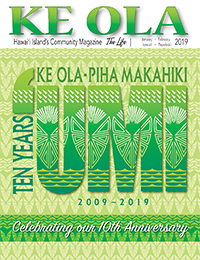
In 1988, Craig was attending Cornell University, intending to finish a master’s degree and then move on to a PhD in engineering. But he felt something more was calling him. “I sensed I wasn’t on the right path,” Craig recalls. He finished his master’s degree and set out for Hawai‘i.
The cultural diversity and community spirit brought him to Hawai‘i Island in 1988, where he settled in the village of Hōlualoa. He began working on and installing farms that blended with the diverse existing landscape. On the hillsides above Kailua-Kona down to Kealakekua, old-time family farms mix cash crops like coffee or macadamia nuts with food for themselves while using the landscape’s contours to their advantage. Craig learned about this traditional farming system while working side-by-side with the area’s farmers, becoming a part of the Hōlualoa community.
“My neighbors always shared surplus foods—bananas, oranges, avocados—I think that is one of the great things that bring communities together,” he fondly remembers. This sharing nature of the Hōlualoa farmers resonated with Craig, shaping his outlook on the future.
“I realized that I really enjoyed farming, this is what I should be doing, this is what I’m passionate about,” Craig says. He felt inspired, alive in a way he hadn’t known before.
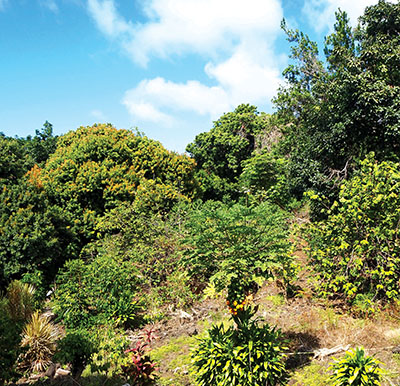
By 1990, Craig was at a crossroads. He was new to agroforestry, and the field was in its infancy. While the planting method has been around for centuries, agroforestry was a new name to the system. “When I spoke about agroforestry to people, they didn’t find it that interesting,” Craig says in his metered tone.
He realized there was a great need to increase awareness about the existing agroforests of Hawai‘i Island and the ones being cultivated around the world. Craig decided he was going to have a career in agroforestry and gave himself a year to do it. “If I couldn’t make it in a year, I would change course,” he recounts, and he hasn’t looked back since.
“It was uncomfortable to give up my field of study, but it’s what I should have been doing this whole time,” he affirms. Agroforestry is the way people had grown food in Hawai‘i but was replaced by plantation-style farming. Craig’s drive was, and still is, to shed light on the traditional agroforestry systems and reverse the trend of monocrop (single crop) farming. “I needed to illuminate those traditional systems and turn around the trend which had been invalidating them as being ‘not commercial’ or ‘not efficient,’” he explains.
Regenerative Agroforestry Education
Craig started teaching agroforestry, facilitating workshops, and writing educational material. He founded the nonprofit Agroforestry Net, Inc., which is dedicated to providing informative resources on agroforestry and sustainable stewardship. Craig brought in leading authorities on various sustainable and regenerative farming methods including agroforestry and indigenous farming techniques to teach seminars. He recalls that in the 1990s his workshops were attended by organic farmers and transplants to the island. Today, thousands of people from diverse cultural backgrounds and experience levels have come to learn regenerative agriculture practices from Craig.

“I can’t remember a workshop that wasn’t well attended,” he says humbly. “There is a desire to learn more, an awakening not only in Hawai‘i, that is bringing farmers back to the cultural heritage of growing food in a multilevel agroforest,” he explains. In stark contrast to the monocrop plantations Hawai‘i is known for, the Pacific Islands have a long tradition of agroforestry, cultivating diverse and highly productive agricultural systems that include a mixture of food-bearing trees and crops.
“All the Hawaiians I’ve ever learned from, they talk about a life of observing nature and learning from their elders how nature works,” says Craig. With a deep sense of gratitude and responsibility to further generations, Craig began writing agroforestry and sustainability guides.
In 1998, Craig started The Overstory—a monthly e-journal centered around a concept in designing, developing, and learning more about agroforestry systems. Currently, The Overstory has subscribers in over 180 countries—including Zimbabwe and Afghanistan.
He also began writing books. “Writing came naturally to me,” he says. What started with a few accessible resources has turned into a collection of 15 books including two revisions that range in complexity and topics. This collection of agroforestry publications are offered for free on his website and have been downloaded millions of times.
Craig also offers an intensive tropical agroforestry internship based at his Hōlualoa farm. “If you want to learn agroforestry, you should be able to do it,” he says. Craig offers his internship for free to those interested in pursuing a career in agroforestry, regenerative agriculture, and environmental education. A key component of the eight-week intensive course is the spirit of service. During the training, interns execute a project of their own design that will have some benefit to growers and Hawai‘i communities.
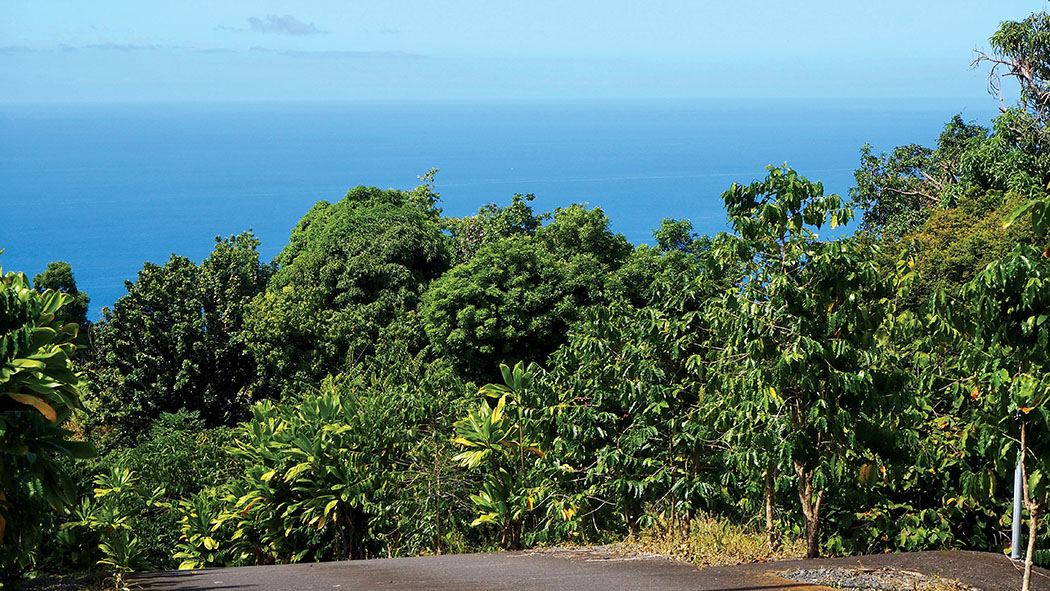
The Breadfruit Revival
Perhaps Craig is best known for his work in revitalizing ‘ulu production throughout the Pacific. Craig serves as co-director of Ho‘oulu ka ‘Ulu and agroforestry director of the Pacific Regional Breadfruit Initiative. These projects aim to highlight ‘ulu as a beautiful, tasty, nutritious, plentiful, cost-effective, and culturally appropriate food that can improve Hawai‘i food security.
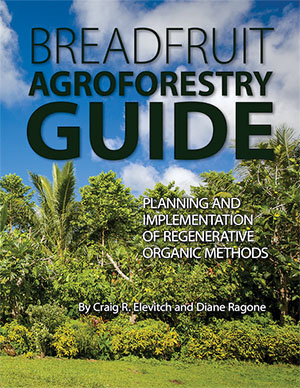
The Breadfruit Agroforestry Guide, authored by Craig and Diane Ragone, is the leading guide for all aspects of breadfruit cultivation, production, and economic impact for the backyard gardener to large-scale farm. One of the foundational ideas is to grow breadfruit together with other crops. “I was shocked when I saw people immediately recognizing the economic benefits, but they wanted to grow them as a monoculture. You don’t get the multiplicity benefit when they are grown alone,” Craig laments. “Meanwhile, when Pacific Islanders think of a breadfruit tree they think of it in a forest, they think of it as a plant community.”
As Craig and I walk up the twisting Hōlualoa streets, he points to a yard, “See, this is what inspired me.” At first glance, it is an overgrown garden with a hodgepodge of plants in various stages of maturity. “They have their money-making crop—coffee. Then there’s banana, peach, avocado, mango, some papaya over there,” his list goes on, “Oh! There’s a macadamia nut, and a lemon tree.” His passion shows with each new plant discovery.
Together we head a little further down the street to a small house perched at the edge of the road. Around back, the tiny house takes in a commanding view. The green forests that separate us from the shoreline reveal themselves as ancient breadfruit groves, purposeful mango trees, cherimoya, atemoya, peach, coffee, macadamia nut—this isn’t a forest at all, it is an abundant food source very intentionally planted many, many years ago.
Craig has been able to straddle the worlds of both western science and indigenous ways, “I’m fortunate, I can see a little bit and integrate the two different mindsets.” With an engineer’s eye, he examines the system of a regenerative agroforest yet employs the knowledge handed down to him from the farmers of Hōlualoa. Craig understates his selfless contribution to Hawai‘i Island and the world. He is like the giant ‘ulu tree anchoring the agroforest with his knowledge, giving freely in abundance so the community can thrive, and providing a space for others to grow beside him. ❖
For more information visit: agroforestry.org
Mahalo Ahualoa Farms – Local Agriculture Story Sponsor

